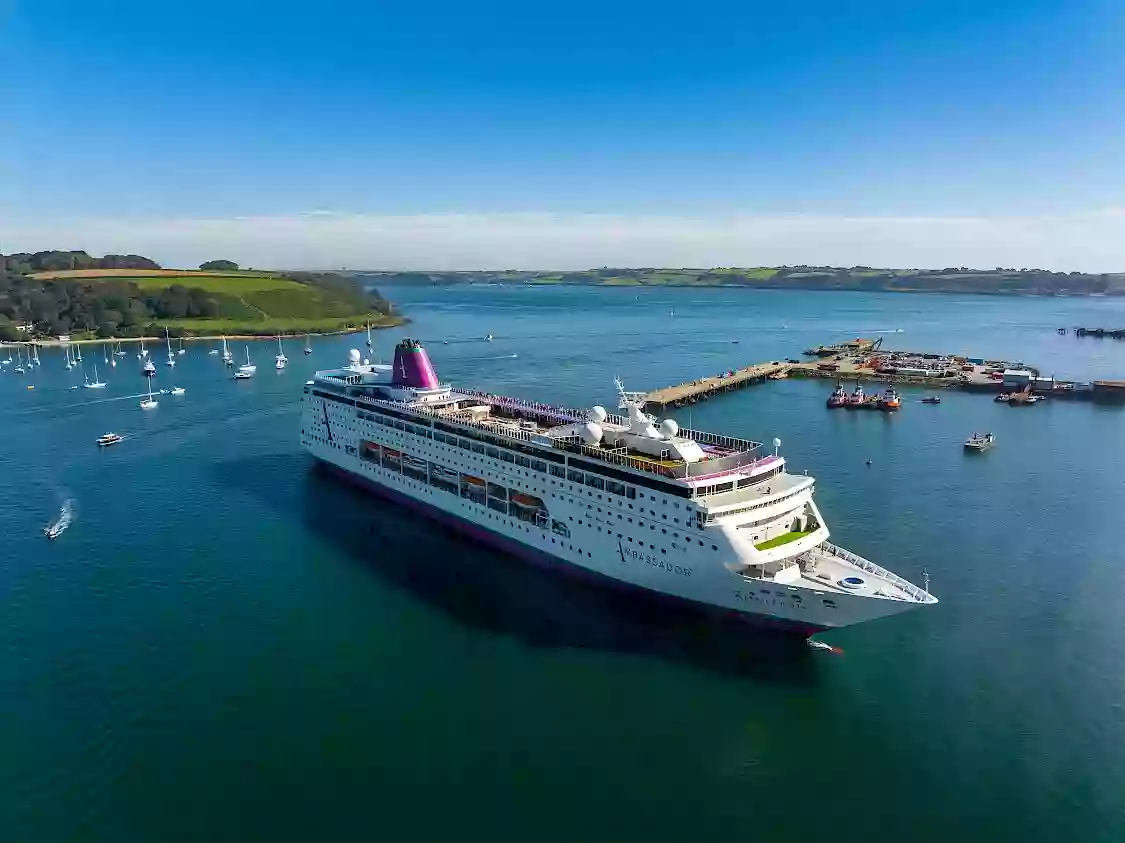Get In Touch
Need Any Help? Call Us
51 ST MATTHIAS ROAD NOTTINGHAM NOTTINGHAMSHIRE NG3 2HF
IDPAP | Indonesia | port

Neolithic sites recently discovered in West Sulawesi bear witness to man's presence on the island for millennia. Buddhist artifacts dating from the 4th & 5th centuries were discovered in South Sulawesi. This region was with its protected bays an ideal spot on the trade routes to drop anchor. In fact, the Bugis are reputed for their gift of boat building. The first Western visitors were Portuguese and, as many of their ships were wrecked off the coast of Minahassa, they gave the name "Celibes' (formidable) to the island. The Portuguese were followed by the Spanish who came preaching Christianity from their base in the Philippines. When the Dutch arrived, they chased all foreigners from the island and established trade monopolies. Despite the foreign influences, some tribes preserved their ancient pagan ceremonies and today fascinate the ever-growing number of visitors to the island. These are in particular the Toalans and the Torajans. Pare Pare is South Sulawesi's second city with a population of 100,000 although it feels more like a market town. It is used by cargo ships to unload goods destined for the local population. The town runs up the coast in a long narrow strip and is only 2 or 3 streets wide. The center is marked by a statue of a man standing on a map of Indonesia "Monument Rkayat Rejuan". In the mountainous northern region of South Sulawesi live the 320,000 Toraja people at an altitude of 1200 meters. These mountain people remained isolated from the outside world until the 20th century, and many of their traditions still remain. The Toraja world consisted of three classes of people: To Parengnge (nobles), the Makaka (commoners) and the Kaunan (slaves). Their life cycle is based around complementary elements of life and death, East and West, sunrise and sunset, morning and afternoon, left and right, etc. The Rituals of the East (rambu tuka) are the life giving elements - smoke ascending; rice, exorcism, birth, first haircut. The Rituals of the West (rambu solo) are death rituals. The Toraja life centers around the death rituals, which often involve two ceremonies, the second taking place several months to years later. They can be prohibitively expensive for families and involve elaborate wrapping and lamentation rites, funeral rituals involving the slaughter of many bulls.
Fill in your details and one of our team members will get in touch shortly to help you find the best cruise deals, answer your queries, and guide you every step of the way – with no pressure to book.